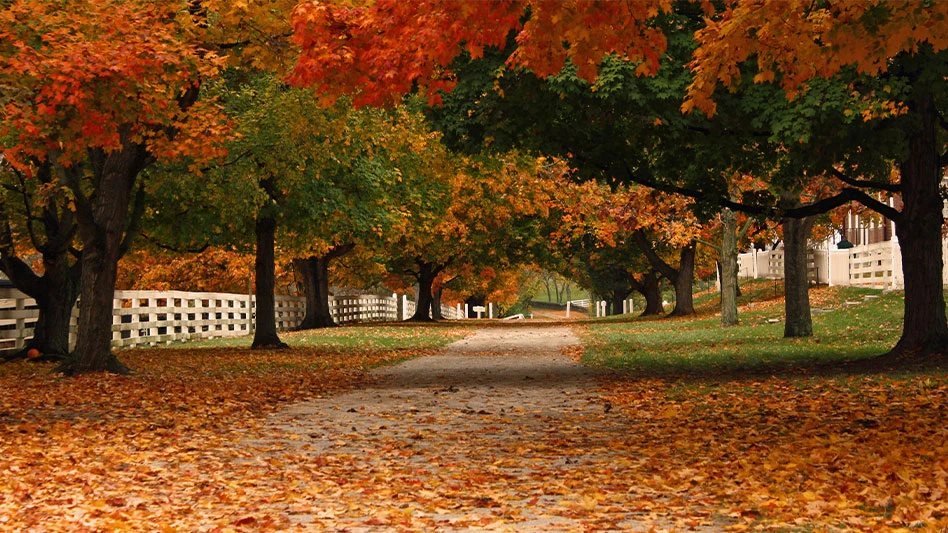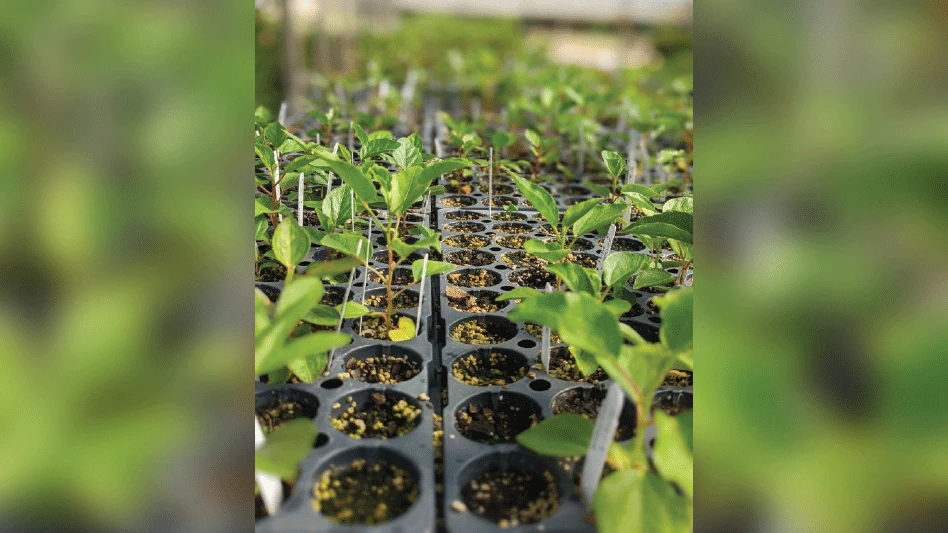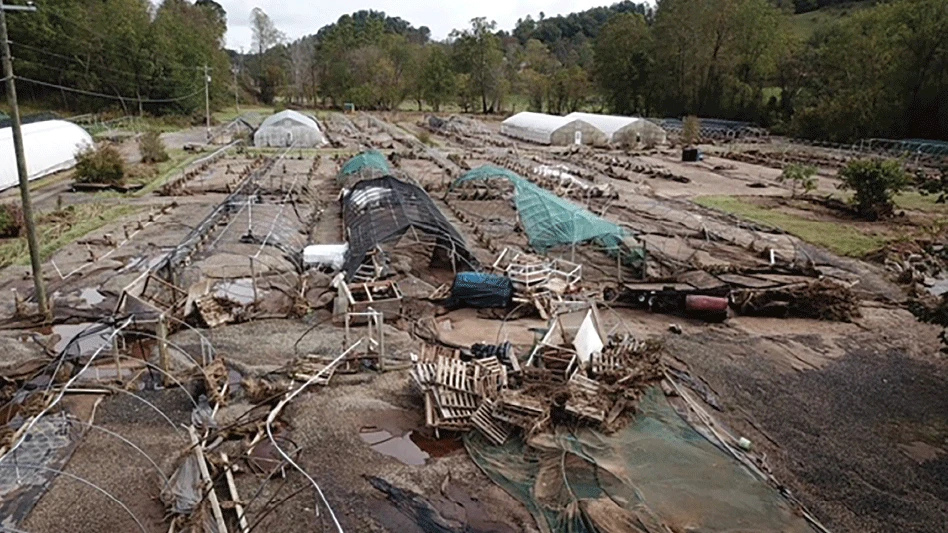


Why should people be thankful for trees?
NB: Without trees, there is no life! Our lives, and all ecosystems and living things depend on trees. Trees are the answer!
What are some of the benefits of trees?
NB: Trees improve human health and well-being: Trees cast cool shade that reduces the urban heat island effect in cities – reducing heat-related illness and deaths. Trees relieve stress — spending time among trees is a prescription for better health. A healthy urban tree canopy reduces the incidence of childhood asthma, and sudden loss of tree canopy contributes to a remarkable increase in deaths from heart and respiratory illness. Also, studies show that hospital patients heal faster with a view of trees from their window, and students exposed to nature perform better academically and focus better on their studies. Trees bring people together — planting trees and taking care of them builds community.
Trees also have many economic benefits: Trees boost the economy and provide hundreds of thousands of jobs — in the nursery industry, tree planting organizations, city forest and parks departments, arborists and more. Trees cool streets and extend the life of pavement, and shaded parking lots reduce emissions from the gas tanks of parked (hot) vehicles. Shoppers spend more and linger longer in shopping districts that have trees, and trees improve property value, curb appeal and make our communities more beautiful.
In what ways do trees help the environment?

NB: Trees remove harmful particulate matter and gases (CO2 and others) from the air. Via photosynthesis, they turn those harmful gases into the air we breathe, oxygen. Trees remove carbon from the air and capture it in their wood. In the U. S., $2 billion in annual energy costs are saved per million mature trees. Trees cool streams and create habitat for fish and other marine and streamside creatures. Trees capture stormwater, reduce runoff and prevent erosion. Trees provide food and shelter for animals, birds, insects and last but not least, humans!
How can people show their appreciation for trees?
NB: If raking leaves is on your holiday chores list, don’t complain. Instead, enjoy the exercise and thank those piles of leaves for all the fresh air and cool shade they made for you this summer. Hug a tree or climb a tree. It will make you feel good!
Get curated news on YOUR industry.
Enter your email to receive our newsletters.
Explore the January 2023 Issue
Check out more from this issue and find your next story to read.
Latest from Nursery Management
- November issue recap
- Trump threatens 25% tariffs on Mexico and Canada in move that could hurt horticulture
- Hold the line!
- Meet the All-America Selections AAS winners for 2025
- Exacto announces David Hollinrake as CEO
- AmericanHort accepting applications for HortScholars program at Cultivate'25
- BioWorks hires Curt Granger as business development manager for specialty agriculture
- 2025 Farwest Show booth applications now open







